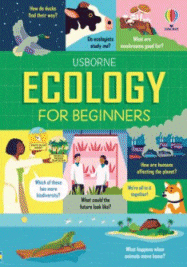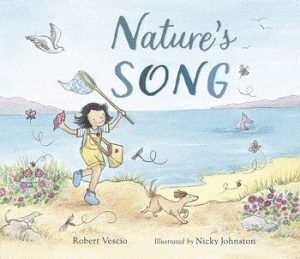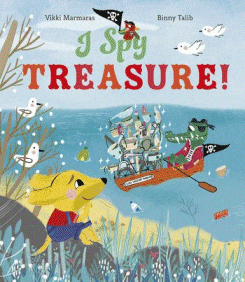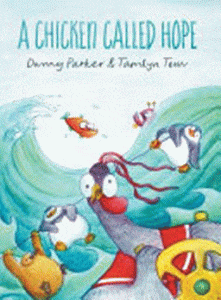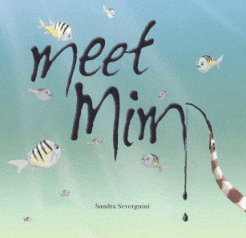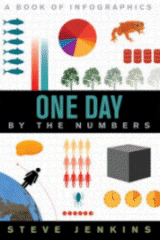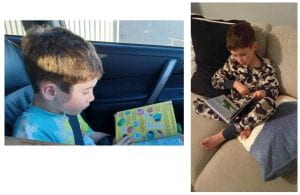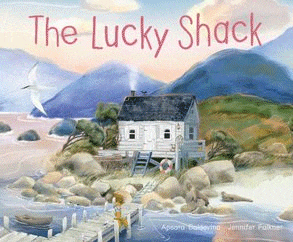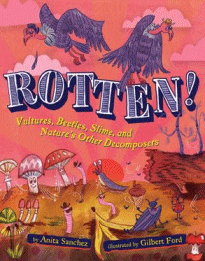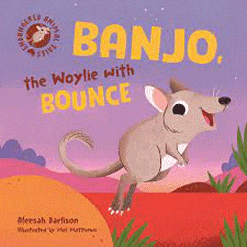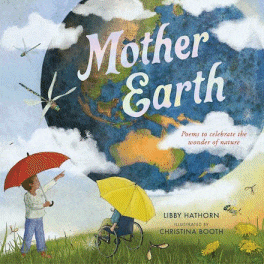
Mother Earth: Poems to celebrate the wonder of nature
Mother Earth: Poems to celebrate the wonder of nature
Libby Hathorn
Christina Booth
Lothian Children’s, 2023
32pp., hbk., RRP $A24.99
9780734421555
Encapsulated in these 32 pages plus the endpapers could be your whole year’s curriculum to satisfy the sustainability cross-curriculum priority, particularly the concept that focuses on “the interdependent and dynamic nature of systems that support all life on Earth and our collective wellbeing.”
From the very first haiku on the front endpaper…
Below ground tree-talk
Nodes and links and fungal
threads
Reaching out to touch
this is the most engaging collection of poems that celebrate Mother Nature, and the connections between her and her children and between us and them. No matter its format or structure, each reflects on the wondrous things that are available to us all if we choose to look. Some, such as Garden Australia, celebrate the everyday miracles,; others, like Beach Blues, commiserate what has been lost; but each and all offers the opportunity to inspect and reflect on that which is under our nose. Accompanied by the most exquisite illustrations that range from the whimsical like the cane toad chorus to the mysterious of the valley under the rock, this is one for those who love the magic of lyrical, picture-making language as well as those who prefer more factual content – a combination that is very rare. Take the start of Bush Picnic…
Kangaroos high kick
wombats waddle
bilbies burrow
cockatoos squabble…
Factually accurate but expressed divinely.
Thus, this is not only the ideal springboard to explore the focus of each poem and how it teaches us about those critical systems on which we depend, but also gives the reader the opportunity to respond to their own discoveries.
There have been many storybooks of late that have encouraged our young children to be more aware of the world that is at their back door, but how can we make their observations more meaningful, help them find the wonder in what they see? By having them go outside to select just one thing that captures their imagination -perhaps something as simple as a dead leaf on the ground – examine it thoroughly, draw it and then encouraging them to think about its story of how and why and tell that story in their own way and words, we are providing the perfect platform for learning, appreciating, expressing…
To me, this is one of those symbiotic pairings of author and illustrator that produces something both mystical and magical and is a must-have in any teacher toolbox.
